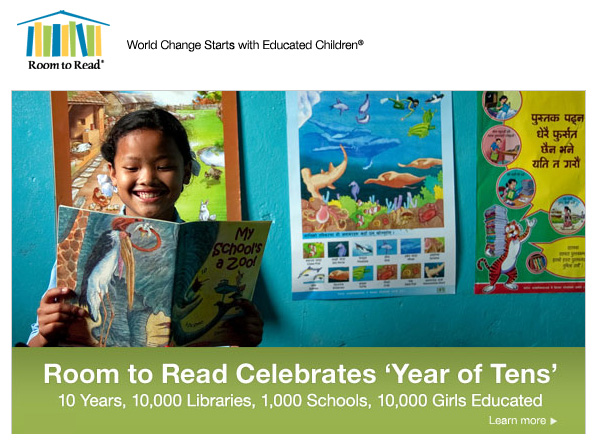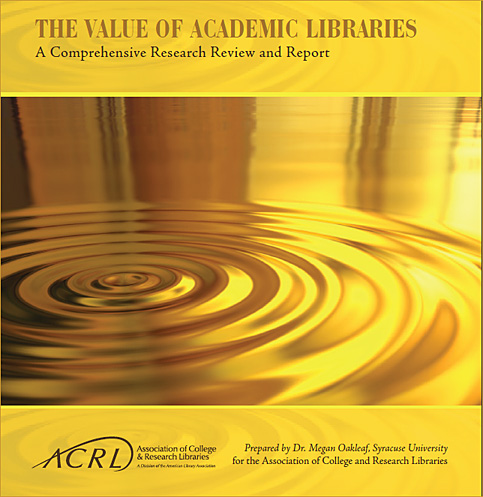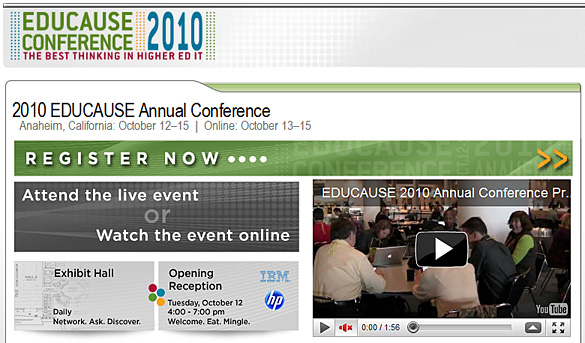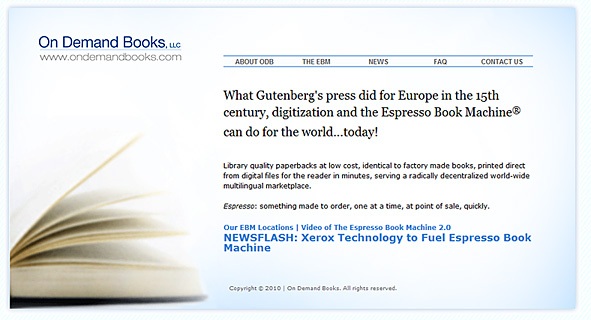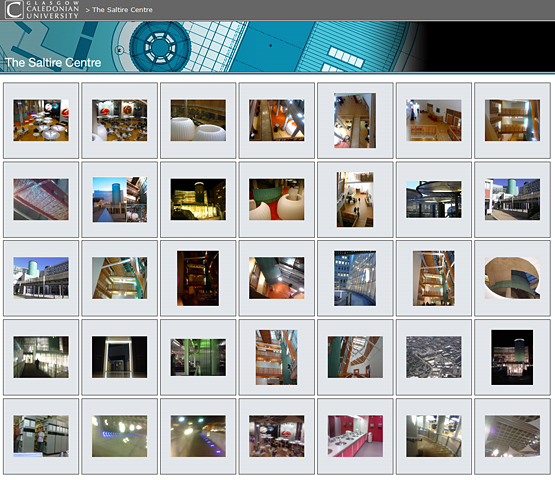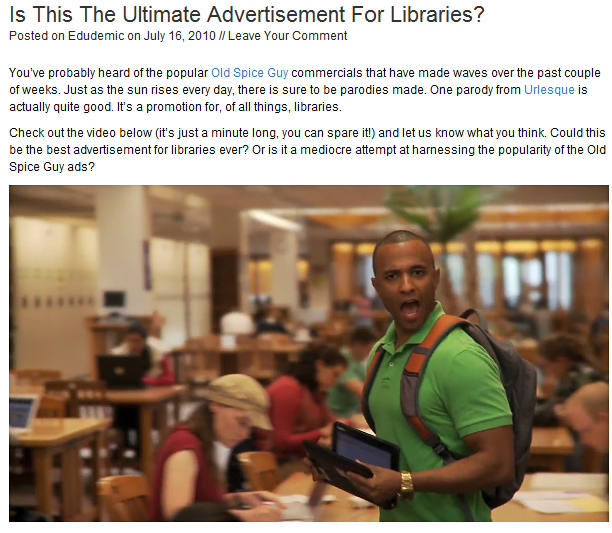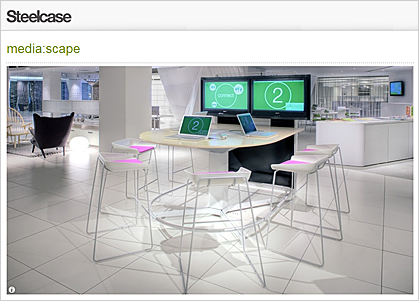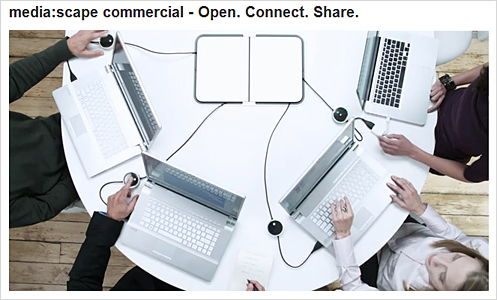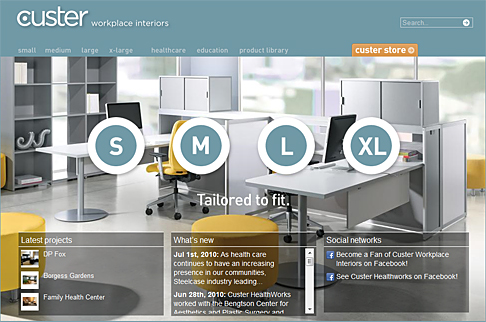— originally from:
A World of Learning: Education Portal Speaks With the CEO of Room to Read — educational-portal.com
.
Excerpt from the Executive Summary:
Academic libraries have long enjoyed their status as the “heart of the university.” However, in recent decades, higher education environments have changed. Government officials see higher education as a national resource. Employers view higher education institutions as producers of a commodity—student learning. Top academic faculty expect higher education institutions to support and promote cuttingedge research. Parents and students expect higher education to enhance students’ collegiate experience, as well as propel their career placement and earning potential. Not only do stakeholders count on higher education institutions to achieve these goals,
they also require them to demonstrate evidence that they have achieved them. The same is true for academic libraries; they too can provide evidence of their value. Community college, college, and university librarians no longer can rely on their stakeholders’ belief in their importance. Rather, they must demonstrate their value.
Purpose – The following review and report is intended to provide Association of College and Research Libraries (ACRL) leaders and the academic community with 1) a clear view of the current state of the literature on value of libraries within an institutional context, 2) suggestions for immediate “Next Steps” in the demonstration of academic library value, and 3) a “Research Agenda” for articulating academic library value. It strives to help librarians understand, based on professional literature, the current answer to the question, “How does the library advance the missions of the institution?” The report is also of interest to higher educational professionals external to libraries, including senior leaders, administrators, faculty, and student affairs professionals.
Scope – This report is intended to describe the current state of the research on community college, college, and university library value and suggest focus areas for future research…
Post textbook world — from HuffingtonPost.com by Tom Vander Ark
Most of the digital courseware being used is decidedly first generation–it’s flat and sequential, not engaging and adaptive. But we’re beginning to see adaptive content libraries that enable personalized digital learning. There will still be a role for curation but that will come in the form of content collections, learning games and virtual worlds, and playlists that (like iTunes Genius but smarter) that stitch objects and sequences together.
Because learning object libraries will replace textbooks, eReaders won’t be big in education. They only make sense where there is a tight narrative. Tablets that can support a full web experience and are also a useful input device will compete with netbooks for 1:1 supremacy.
Digital native kids and teachers expect a more social experience than ‘log in, follow directions, and email me if you have a problem.’ The shift from digital textbook to content libraries requires more flexibility than current learning management systems offers and will kick off more data than anyone is ready to handle.
Program for the online site of the house
Tracks for onsite program:
100 extensive university libraries from around the world that anyone can access — from mary & mac design
Universities house an enormous amount of information and their libraries are often the center of it all. You don’t have to be affiliated with any university to take advantage of some of what they have to offer. From digital archives, to religious studies, to national libraries, these university libraries from around the world have plenty of information for you. There are many resources for designers as well. Although this is mainly a blog that caters to designers and artists I have decided to include many other libraries for all to enjoy.
DIGITAL LIBRARIES
Capturing images of manuscripts, art, and artifacts, digital libraries are an excellent way of both preserving the past and sharing it with everyone.
- Harvard University Library. Browse through 24 different collections ranging from cultural images of eastern Asia to 19th century American trade cards.
- Yale University Library: Digital Collections. Find ancient manuscripts or read a classic all preserved digitally courtesy of the Yale University Library.
- Indiana University Digital Library Program. Download manuscripts from Isaac Newton or view photographs, film literature, and music from the collections at this library.
- Michigan State University Digital and Multimedia Center. Find several texts from authors such as Joseph Conrad, Aesop’s Fables, cookbooks, and texts on orchids or veterinary medicine in PDF format.
- Columbia University Libraries Digital Collections. Browse through one of over 10 different digital collections that range from medieval and early Renaissance manuscripts to architectural drawings or visit the online exhibitions for even more.
- Rutgers University Digital Library Projects. Learn about the history of alcohol, New Jersey, Italy’s people, and much more in this diverse digital library.
- Ohio State University Libraries Collections. See photos of Bird’s expedition to the South Pole, learn about the women of Burlesque, and more in these digital archives.
- Syracuse University Digital Library. Find interesting information on the history of the New York area as well as recordings of popular WWII songs.
- Ohio University Libraries Digital Exhibits. Learn about Ohio history, visits from important people, read WWII papers, and more in these archives.
- Brown University Library, Center for Digital Initiatives. This collection includes such interesting topics ranging from Abraham Lincoln, Napoleon, and African American and Yiddish sheet music.
- …More here.
Remaking the college campus — from CampusTechnnology.com by Bridget McCrea
An e-learning veteran envisions a college campus of the future where physical space, technology, and collaboration blend.
Imagine a college library where books are not the focal point. Instead of sitting behind a desk checking out volumes, librarians have become technology experts who are dispatched to help students and faculty who are in the building. The “No Food or Drinks” signs have been removed, allowing students to move freely throughout the building with coffee cups in hand.
Taking a page from Barnes & Noble’s business planning book, the college library is transformed into a place where students pore over laptop computers, PDAs, and iPads alone or in groups. The atmosphere simply oozes collaboration and provokes others to join the party to study, learn, and network with one another.
If this sounds like a far-off pipe dream, consider what’s going on in Glasgow, where the Saltire Centre is the centerpiece of learning and student services at Glasgow Caledonian University. Regarded as “one of the most ambitious and innovative learning environments in the UK,” the 1,800-seat building comprises multiple levels, each of which caters to different types of learning and interaction.
See also:
The Future of Libraries: Interview with Thomas Frey — from Thomas Frey, Senior Futurist at the DaVinci Institute, and Google’s top-rated futurist speaker

Example questions include:
Sloan – Unlike many futurists, you have stated that “libraries are here to stay.” Why?
Sloan – You’ve said that within 10 years the ink-on-paper publishing industry will not be a sustainable economic model. What will the new business model be?
Sloan – You have written and spoken about libraries becoming “Electronic Outposts.” What is an Electronic Outpost library?
Sloan – What is the “Empire of One” business model and why should libraries be interested in this trend?
Sloan – In the 2006 book The Long Tail, Wired magazine Editor Chris Anderson said, “When the tools of production are available to everyone, everyone becomes a producer.” What new roles and functions can libraries adopt to support producers?
Sloan – In addition to libraries, you write and speak about the future of business, education, government, and transportation. What trends in these areas do you think will have the greatest impact on the future of libraries?
The future of education will revolve around hyper-individualized learning, self-paced, organically generated content that is modality diverse, and available on-demand 24/7. Any topic, anywhere, anytime … it will be less dependent on teachers, less dependent on schools, and offer more personal control. Libraries have the potential for becoming the working laboratories for people creating new courseware.
Sloan – Over the past few years you have visited hundreds of libraries and spoken to many library groups across the country. What have you learned about libraries that you didn’t know prior to your visits?
Futures thinking for academic librarians: Higher education in 2025
Prepared by:
Dr. David J. Staley
Director of the Harvey Goldberg Center for Excellence in Teaching in the History Department of Ohio State University
Kara J. Malenfant
ACRL Scholarly Communications and Government Relations Specialist
June 2010
Executive Summary
For academic librarians seeking to demonstrate the value of their libraries to their parent institutions, it is important to understand not only the current climate. We must also know what will be valued in the future so that we can begin to take appropriate action now. This document presents 26 possible scenarios based on an implications assessment of current trends, which may have an impact on all types of academic and research libraries over the next 15 years. The scenarios represent themes relating to academic culture, demographics, distance education, funding, globalization, infrastructure/facilities, libraries, political climate, publishing industry, societal values, students/learning, and technology. They are organized in a “scenario space” visualization tool, reflecting the expert judgment of ACRL members as to their expectations and perceptions about the probability, impact, speed of change, and threat/opportunity potential of each scenario. Finally, the study draws out implications for academic libraries.
For scenarios which have been identified as high impact with a high probability of occurring, it is incumbent upon library directors and those who set strategic agendas for academic libraries to plan to act now upon these scenarios. This report reinforces the notion that academic libraries are part of a larger ecosystem, and librarians should be consistently scanning the environment to look for signs of the changes that may come. It includes an appendix with a suggested activity to engage library colleagues in stretching your imaginations and considering possible futures. This can build capacity to engage in strategic thinking and planning, supporting librarians in making better decisions now that can address a variety of possible futures.
2010 top ten trends in academic libraries
The ACRL Research, Planning and Review Committee, a component of the Research Coordinating Committee, is responsible for creating and updating a continuous and dynamic environmental scan for the association that encompasses trends in academic librarianship, higher education, and the broader environment. As a part of this effort, the committee develops a list of the top ten trends that are affecting academic libraries now and in the near future. This list was compiled based on an extensive review of current literature (see selected bibliography at the end of this article). The committee also developed an e-mail survey that was sent to 9,812 ACRL members in February 2010. Although the response rate was small (about five percent), it helped to clarify the trends.
The trends are listed in alphabetical order…
Reflections on The E-Book Sector — from InsideHigherEd.com
First of all, some excerpts (with emphasis from DSC):
E-textbooks might be the most-talked about and least-used learning tools in traditional higher education. Campus libraries and e-reader manufacturers are betting on electronic learning materials to overtake traditional textbooks in the foreseeable future, but very few students at traditional institutions are currently using e-textbooks, according to recent surveys.
Not so in the world of for-profit online education.
For-profit institutions in general are moving toward wider e-textbook use than other sectors of higher education, Stielow says. “I think a great many [for-profits] are certainly trying to move toward this model,” agrees Bickford. And the ones that have appear to be succeeding.
Why is that?
John Bourne, executive director of the Sloan Consortium, which studies online learning, posits that it might be a function of the more centralized administrative structures at for-profit institutions. “For-profits do things like provide lesson plans for instructors, provide you with what you’re supposed to do; they hire all these adjuncts to deliver all these things that have been sculpted by instructional designers,” says Bourne. Being able to dictate to the faculty what text format they should assign to their students probably makes it easier to implement e-textbook adoption across the institution, he says.
It is more difficult to engineer change at such scale at nonprofits, because of their more distributed governance models. At those colleges, faculty control of curricular texts — including mode of delivery — is “sacred,” Bourne says.
Manny Rivera, a spokesman for Phoenix, says that the online giant’s centralized administration does indeed allow it to make sweeping changes without many hang-ups. “The university is set up to be more nimble to confront market forces,” Rivera says. “So we’re able to innovate more quickly.”
From DSC:
To be more nimble…to confront market forces…to be able to innovate more quickly…to use materials created by teams of specialists…hmmm….sounds like a solid position to be in as the bubble continues to expand (and may even be beginning to slowly burst based upon where students are going — more community colleges, more state/public schools, lower-cost alternatives, etc.)









